Tools to improve product quality
Vice Chairman of the Resettlement Committee Tran Hau Ngoc said that in the context that Vietnam has participated in more than 17 FTAs and is negotiating and upgrading 5 FTAs with many bilateral and multilateral partners, including new generation FTAs such as CPTPP, EVFTA, RCEP, UKVFTA..., the effective implementation of TBT commitments is of particular importance.

Vice Chairman of the Resettlement Committee Tran Hau Ngoc said that the effective implementation of TBT commitments is of special importance.
The TBT Committee, as the national focal point on TBT, has been making efforts to: Update, notify and respond to thousands of international TBT measures; develop the Vietnam TBT Network with focal points including 6 ministerial-level TBT Points: Industry and Trade, Home Affairs, Agriculture and Environment, Culture, Sports and Tourism, Construction, Health and 34 local TBT Points, support connecting businesses nationwide that have been and will participate in international trade; deploy the ePing system and early warning bulletins so that businesses can promptly access information on new technical regulations of import markets.
According to Vice President Tran Hau Ngoc, good implementation of TBT commitments not only helps Vietnam comply with international obligations, but also promotes the improvement of standardization institutions and enhances national capacity in quality and productivity.
How businesses can access sustainable markets
Deputy Director in charge of the Vietnam TBT Office Ton Nu Thuc Uyen emphasized the role of transparency and harmonization of international standards in implementing Vietnam's TBT commitments. Ms. Ton Nu Thuc Uyen pointed out that since joining the World Trade Organization (WTO) (in 2007), Vietnam has committed to fully implementing the obligations of the TBT Agreement without requiring a transition period, demonstrating a strong determination to integrate and a high level of responsibility in the global trading system. The core point stated is that transparency of all technical measures (regulations, standards, conformity assessment procedures) must be notified early to the WTO and partners, creating conditions for comments and adjustments before promulgating a key principle to avoid creating unnecessary trade barriers.
Regarding the TBT regulations on labeling agricultural products of some key export markets, Ms. Vu Hoang Dieu Linh - Vietnam TBT Office said that the European Union (EU) is one of Vietnam's key export markets for food and agricultural products. This is a large market with many strict commodity management regulations and strict technical regulations.
Among these, labeling is a very important issue. The common point in the labeling regulations of these markets is that they all require transparent information on ingredients, nutrition and allergen risks. However, each market has clear differences in mandatory language, nutrition panel format, management of claims about food uses and functions and enforcement procedures for imported goods.
The EU has a very strict legal system on food labelling, aiming to protect consumers, ensure transparency and traceability. The EU's objectives in setting out regulations on labelling of imported products are to: Provide clear, honest and easy-to-understand information to consumers; prevent misleading information about the nature, origin, composition or effects of products; ensure food safety and traceability; support fair trade in the EU common market.
The most commonly applied and popular legal document is: Regulation (EU) No. 1169/2011: Regulation on the provision of food information to consumers. This is the most general regulation to date, amended, supplemented and replaced 9 previous legal documents of the EU.

Labeling is one of the important conditions for a large market like the EU.
It can be affirmed that the effective implementation of TBT commitments is not only an obligation of integration, but also a tool to help improve product quality, promote productivity, and protect consumer rights. "If applied properly, TBT becomes a "smart barrier", helping businesses proactively adapt, reduce compliance costs and improve international competitiveness.
Regulation (EU) No. 1169/2011 is the most general regulation, directly applicable in the entire territory of EU member countries, requiring the publication of food information to consumers, including the following 10 contents:
1) Name of food: must be the legal name of the food and must clearly show the nature of the food;
2) The list of ingredients is specified in detail in Article 18 of Regulation (EU) No. 1169/2011. However, there are also some types of food that are exempt from providing the list of ingredients specified in Article 19 (e.g.: fresh fruits, vegetables, carbonated water, butter, fermented milk, ...)
3) Ingredients or processing aids causing allergies or intolerances: Annex II of Regulation (EU) No. 1169/2011 includes a list of substances or food products causing allergies or intolerances. These substances are considered to be the most common food allergens.
4) Net weight: the actual weight of the food shall be expressed in litres, millilitres, kilograms or grams, as appropriate:(a) in units of volume in the case of liquid products; (b) in units of mass for other products. Under certain conditions, an expression of net weight is not necessary, for example, where the product is sold by quantity, the requirement to indicate net weight will not apply if the quantity is clearly visible and easy to count from the outside or, if the quantity is stated on the label;
5) Expiration date: The expiry date/month/year must be clearly stated, using the correct term "Use by" or "Best before";
6) Storage and usage conditions: If special conditions are required (cold storage, sunlight, etc.), they must be clearly stated on the packaging;
7) Name and address of food supplier: must clearly state the name or business name and address of the food business operator;
8) Country of origin: The indication of the country of origin or place of origin is mandatory to avoid misunderstandings, as provided for in Article 26 of Regulation (EU) No. 1169/2011;
9) Instructions for use: Food instructions must clearly indicate the appropriate method for using that food;
10) Nutritional declaration (mandatory information) includes energy values; amounts of fat, saturated fat, carbohydrate, sugars, protein and salt (per 100g and per 100ml).
Source: https://mst.gov.vn/thuc-thi-cam-ket-tbt-tao-thuan-loi-thuong-mai-va-phat-trien-xuat-khau-ben-vung-197251104165602506.htm




![[Photo] Closing of the 14th Conference of the 13th Party Central Committee](https://vphoto.vietnam.vn/thumb/1200x675/vietnam/resource/IMAGE/2025/11/06/1762404919012_a1-bnd-5975-5183-jpg.webp)
![[Photo] Prime Minister Pham Minh Chinh receives the delegation of the Semiconductor Manufacturing International (SEMI)](https://vphoto.vietnam.vn/thumb/1200x675/vietnam/resource/IMAGE/2025/11/06/1762434628831_dsc-0219-jpg.webp)







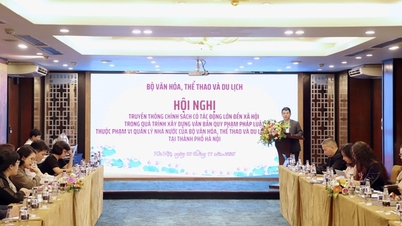







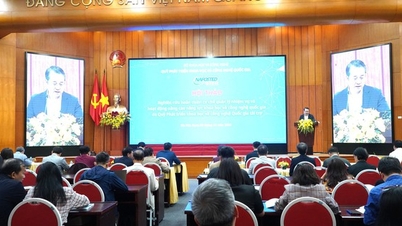



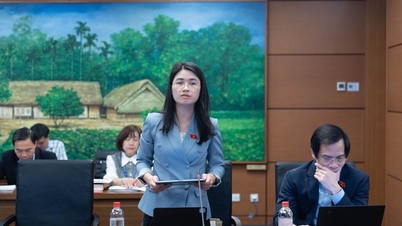






















































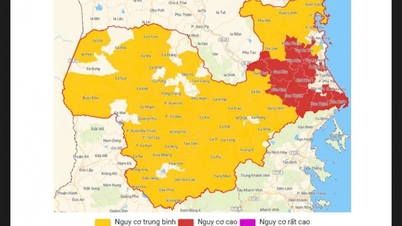



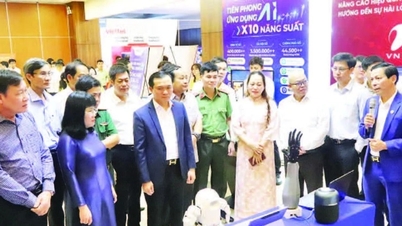
















Comment (0)